In 1956, Yugoslavia (the former socialist federal republic) issued a set of stamps featuring local art and architecture from different republics within the country. Here are the key details:
The Set:
- It consisted of 8 stamps in denominations ranging from 0.50 to 15 dinars
- The stamps highlighted architectural monuments, artworks, and cultural treasures from across Yugoslavia
Subjects Featured:
- Zagreb Cathedral (Croatia)
- Church of St. George in Staro Nagorichane (Macedonia)
- Painted Wooden Ceilings from Houses in Bosanska Krupa (Bosnia & Herzegovina)
- Monastery of Visoki Decani (Kosovo)
- Frescoes from the Bogomil Tomb near Boljuni (Montenegro)
- Mosaic from the Archeological Museum in Split (Croatia)
- Old Stone Bridge in Mostar (Bosnia & Herzegovina)
- Monastery of Studenica (Serbia)
Significance:
- It showcased the rich cultural heritage and diversity of art/architecture within Yugoslavia’s constituent republics
- Promoted raising awareness of preserving historical/cultural monuments and artworks
- Was popular with topical stamp collectors interested in architecture and art on stamps
- Represented Yugoslavia’s desire to celebrate the identities of its various regions under a united state
The 1956 Local Art and Architecture set remains attractive to collectors today, both for its artistic depictions as well as documenting the shared yet distinct legacy across the former Yugoslavia. It captured the ethnic and regional diversity within the 20th century federation.

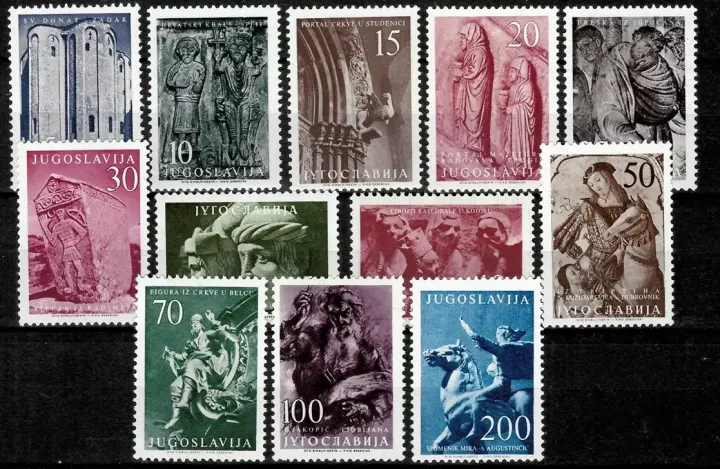
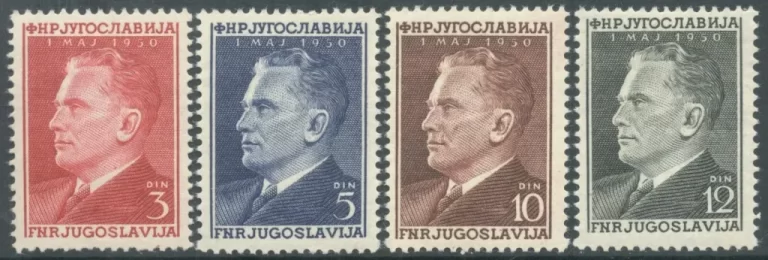
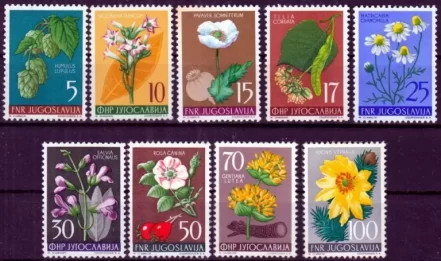
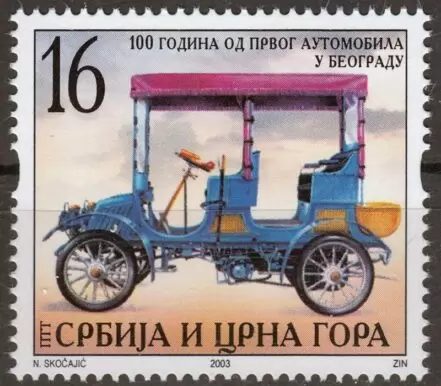
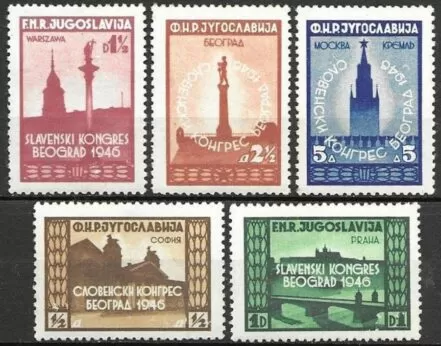
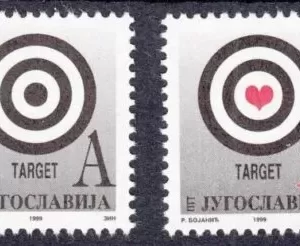


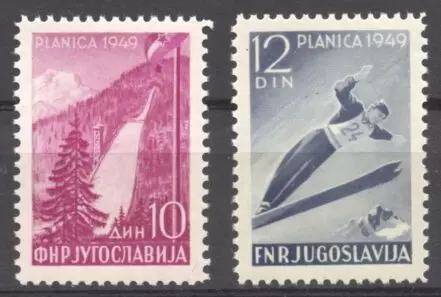
Reviews
There are no reviews yet.